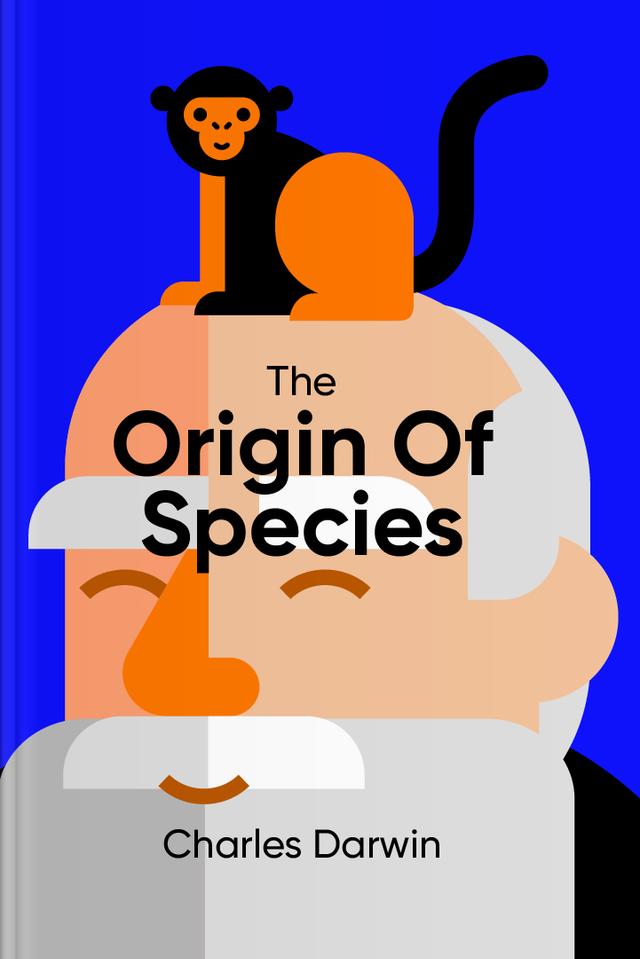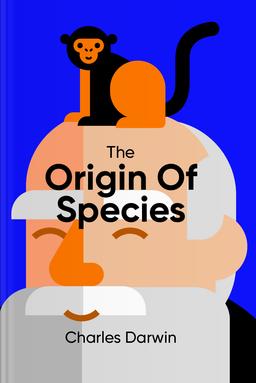You’ll learn
- How do species evolve
- Why do peacocks have such fancy feathers
- What makes natural selection so crucial
- Whether humans influence animal traits
russia has launched a full-scale war in Ukraine. Donate to support Ukraine and protect the world’s peace.

first KEY POINT
Naturalists formerly held the view that species are independently created. But Charles Darwin and some other naturalists began to question the immutability of species. They claim that species that appear similar are descended from the same species, only that their “ancestors” are mostly extinct.In this summary, you’ll discover Darwin’s proposition of natural selection as the cause for the divergence of character among species. The less sophisticated life has given way to the more improved version. He also avers that domestication by man may have caused the variations among species. A major issue is the topic of natural selection—the survival of the fittest due to extra advantages a species gets over its counterparts—and the struggle for existence.
Some of the objections to the theory of natural selection have been the difficulty in accepting how a simple organism can evolve into a complex one, how animals are able to gain cognition, how different species can interbreed to produce a new species, and the fact that the archeological evidence for the theory has been imperfect. This summary responds to the difficulties with the geological succession and geographical distribution of these organisms through time and space.While there is much to be understood on the origin and variety of species, this foundational work from Charles Darwin provides a basis for further investigation of this subject matter. It is important to carry on this study because the present welfare and future success of living organisms depend on it.
second KEY POINT
The most important source of the variability of species is domestication because it changes the living conditions and reproductive capacities of species. The use, or disuse, of some parts of the species due to these changes also plays a significant role in determining what they become. Other factors that affect the variability of species include correlated growth and living conditions. When all these indices combine, they produce a complex species from a simple one.When different autochthonous species interbred, they produced a new breed that turned out to be more sophisticated than the originals. So, sub-breeds formed from breeds that interbred through natural selection.While some authors say that variation has a limit and that the limit has been reached, recent improvements in plants and animals show that this conclusion is a rash one. A limit may exist, but we are not there yet.Three pieces of evidence in favor of the theory of variability include:
• Individual differences among species.
• Survival of the fittest.
• The improvement in the state of perfection of each organ.There are many examples in nature that show that these organisms got where they are through many graduated steps.

Continue reading with Headway app
Continue readingfirst KEY POINT
second KEY POINT
third KEY POINT
fourth KEY POINT
fifth KEY POINT
sixth KEY POINT